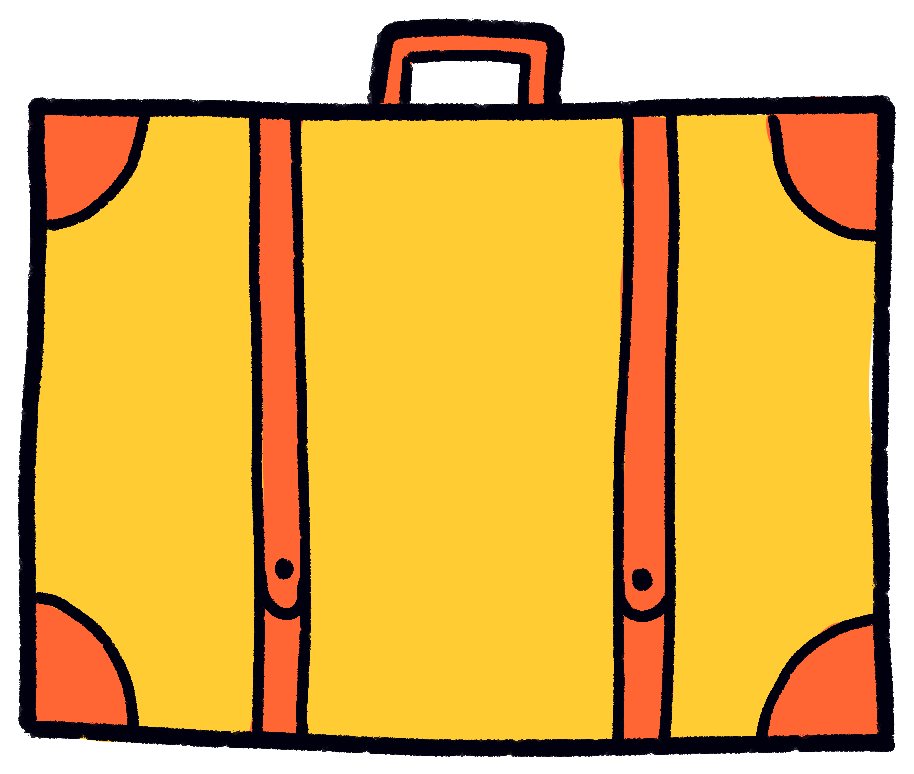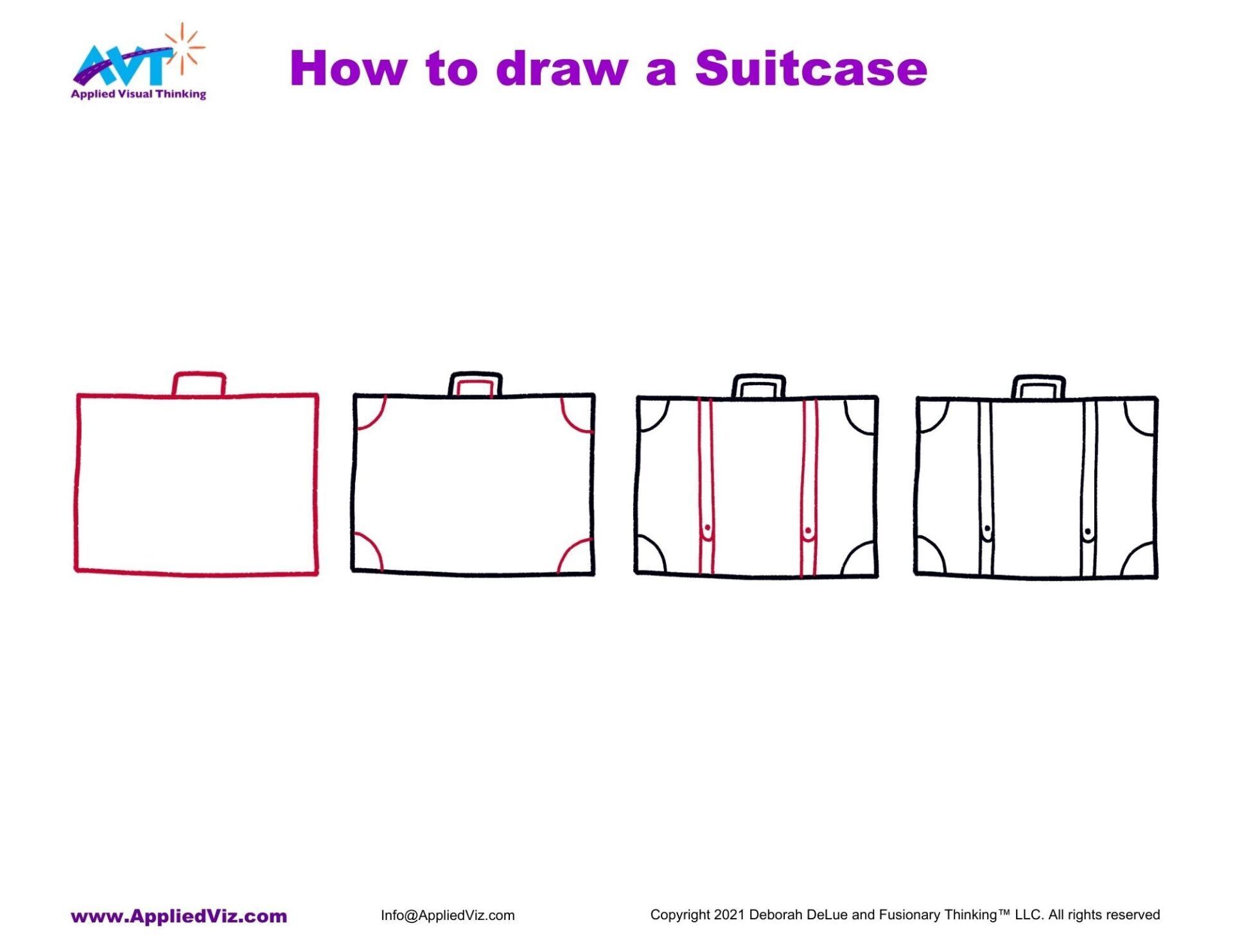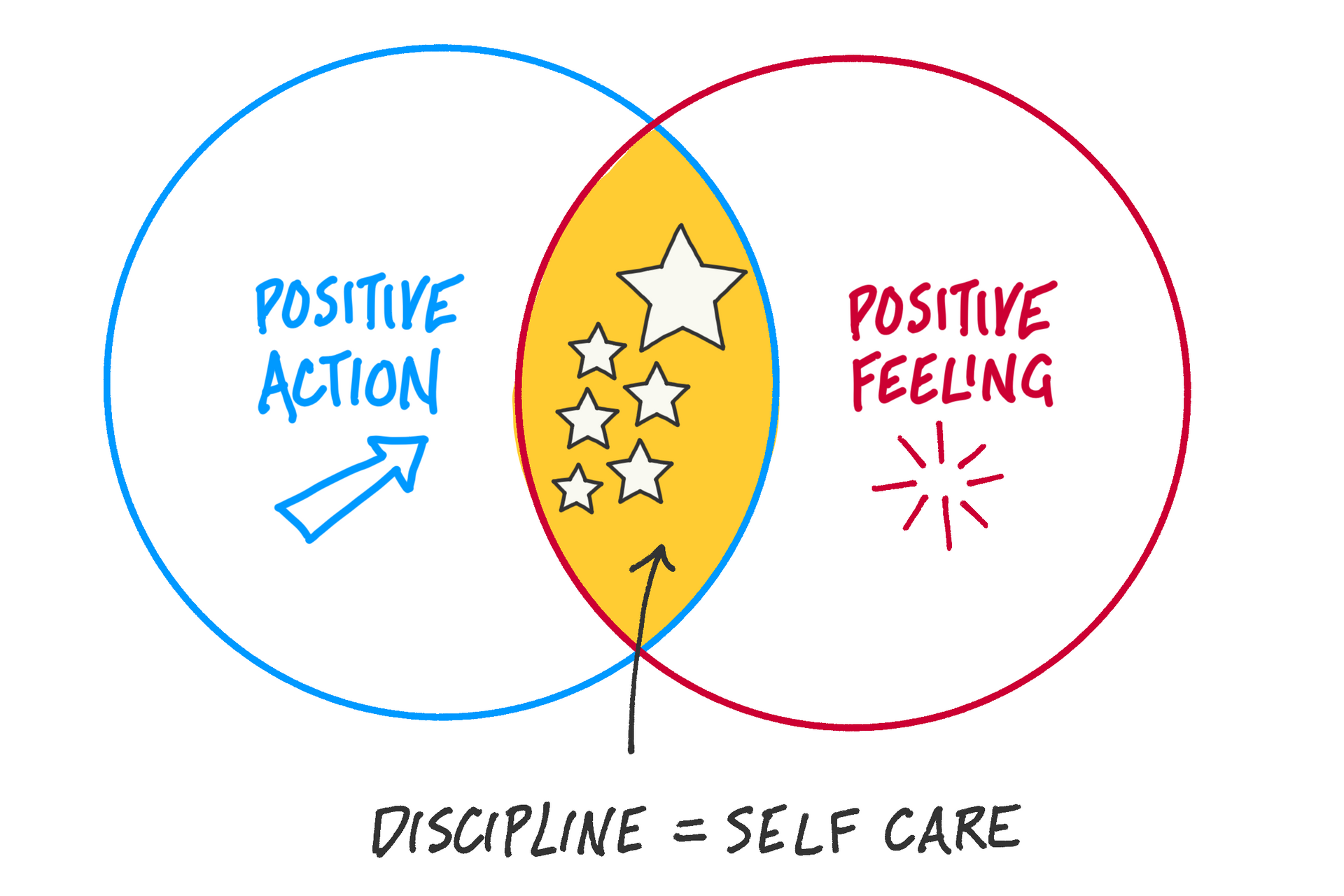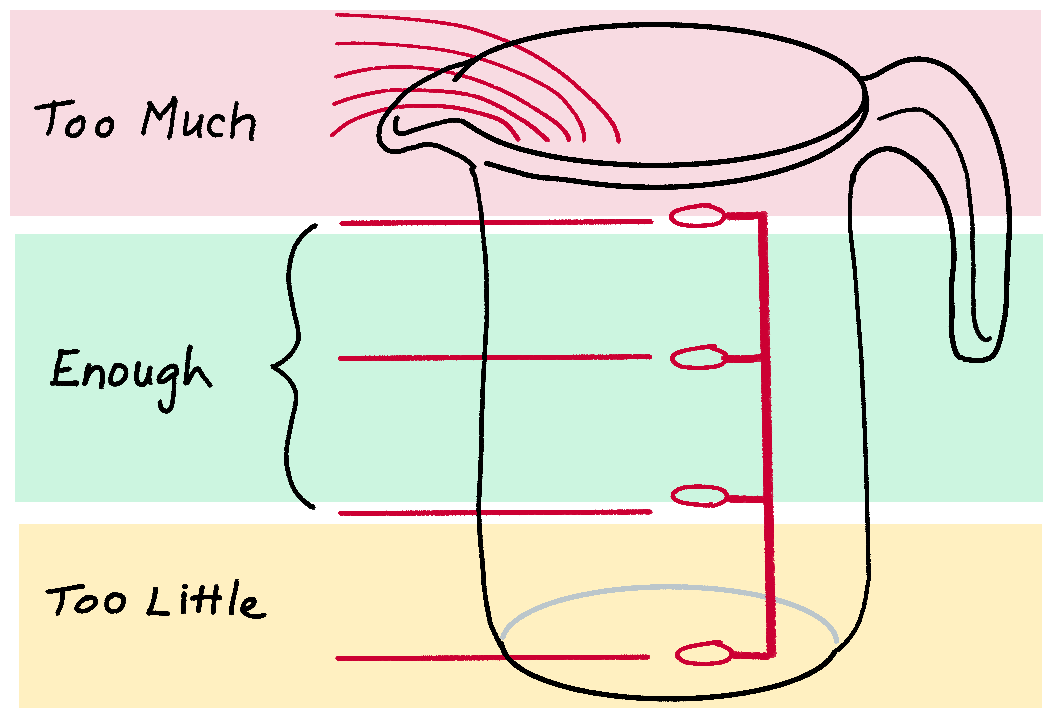Packing More In with Visuals: Camping Innovation
The Art of Applied Visual Thinking
Have you ever had a pre-vacation family melt-down? We have, and it was a result of miscommunication about preparing and packing for a trip. In fact, I would assert that communication issues are probably at the root of most melt-downs, both personal and work-related. I am sharing this story in hopes of saving us all some future pain by illustrating how you (and I) can plan visually.
My family decided to go on a camping trip for a long weekend earlier this summer. Preparing and packing for a typical weekend road trip is always a bit arduous with a family of 4. Someone needs to remember all the big and little tasks that need to be done beforehand (like taking out the trash and clearing out the fridge of anything that might spoil). Someone needs to think about any special equipment or clothing needed for activities we are likely to do. Someone needs to gather everything needed, and someone needs to pack it all into or strap it onto the car. I was determined not to be all of those someones.
You can pack more in with visuals!
I am a big fan of lists to keep track of this kind of minutiae, and I distribute my lists liberally amongst my family members, and politely suggest to them (OK, hound them) to actually check off each task or item as it is completed or packed. The checklist system annoys some who feel slowed down by the process, but the end result is that we forget fewer things, which leads to fewer hassles and time-wasting extra trips. Here is a summary of what I thought about a couple of weeks before the trip, so we could make sure we had everything we needed in good repair.
The List of Lists
- Individual camper packing list – personal items
- Group campsite tools list – for fire-making, hanging clothes, first aid
- Group camping equipment list – tents, tarps, sleeping bags
- Group food list – shopping
- Group cooking list – cooking and cleanup schedule
- Activity idea list – addresses, websites and phone numbers
To learn more about how to up your visual game when making lists (or other basic diagrams) using color, lettering and visual hierarchy, check out our FOUNDATIONS course.
Sometimes a list is not enough. We have gone on enough road trips to know how painful the packing process can be without a plan, and camping adds a whole other level of complexity, even if it is "just car camping" and we don't need to haul everything on our backs. It's still tough to know what to bring and not to bring.
I knew I needed a plan.
Why not make it visual?
I applied some of the processes from our Applied Visual Thinking for INNOVATION course to innovate our family vacation preparation.
This is my car camping innovation design in the form of a diagram indicating the packing locations for each list of items. The roof carrier is also nicknamed the "mini-van extension," "the pod," or sometimes even the "upper bunk" in jest.
The result? It was still challenging to fit everything, and we had to modify some of our original ideas, but it worked out in the end, and with minimal friction. Bonus – we saved time and conflict by clearly defining roles – visually, using a chart. There was room for negotiation, but who was responsible for what tasks was clear from the lists.
COMING SOON! If you want to learn more about how to think and communicate visually about your next project, sign up for our email list. We'll let you know as soon as our new Applied Visual Thinking for PROJECT MANAGEMENT course is released.
The suitcase is a classic metaphor. What could you use a suitcase icon to represent? Here are a few ideas. What others can you think of?
PS: Download a free copy of the handout and try your hand at drawing a suitcase icon.
Modify
yours to become a briefcase, rolling travel bag, or innovative
suitcase of the future!
Want to learn more?
Our FOUNDATIONS and INNOVATION courses are designed to give you and your teams the easy-to-learn, fast to implement visual tools so you can draw anything and innovate your products, goods, or services.
















